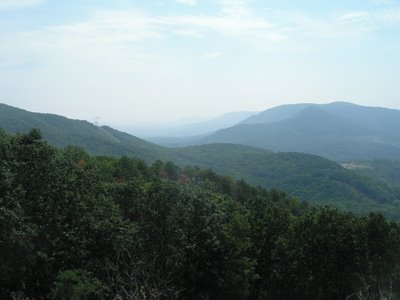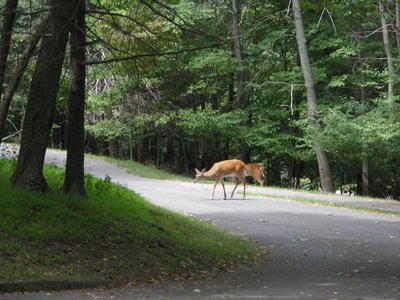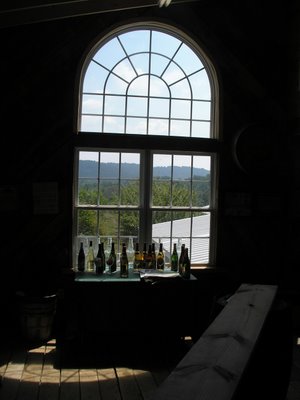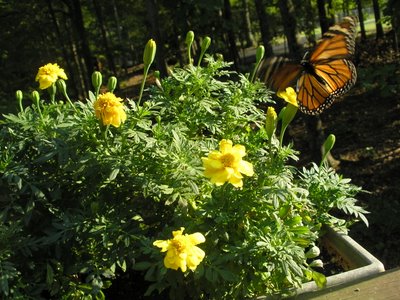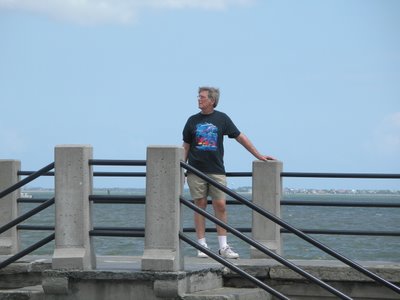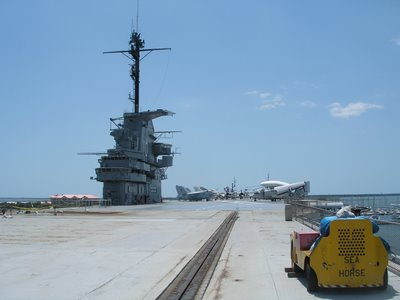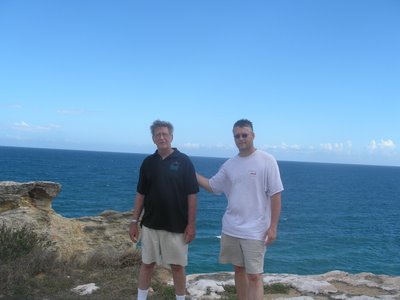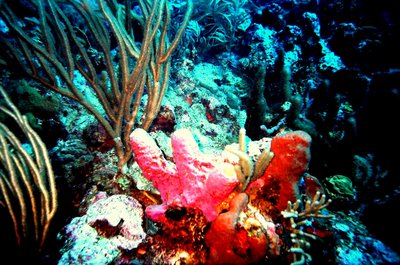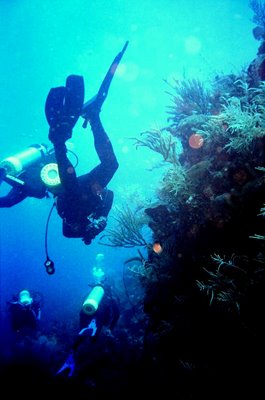The igneous granite and metamorphic rocks in this area date back a billion years. I wrestle with this number while walking down the trail and work out in my head that if a billion years was compared to one year, each second in a year is equal to more than 30,000 years.
The mountains here are old and worn down by erosion from streams and glaciers. The dinosaurs walked here about September 30th. The glaciers from the last ice age receded and the great sloth and wooly mammoth became extinct less than a second before year end. Man came on the scene 11,000 years ago, about 1/3 of a second before midnight, December 31. We started seriously using fossil fuels 1/1000 of a second before midnight. Mayflies suddenly have a new relative longevity.
The trail goes downhill three miles to a waterfall. There is an elevation drop of 915 feet. We meet a German on the trail. He has a black curly moustache and looks Italian. He tells us excitedly about a black bear at least “two meters” tall. We end our short conversation with a long guttural laugh, a shared universal language
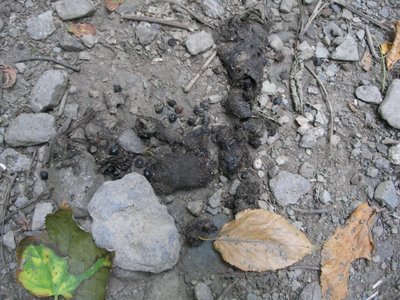
We meet an older couple on the trail. They have also seen the great bear. They’ve been married over 50 years. They look good physically and have had their furniture in storage for the last five years while they cruise North America.
We have lunch at a reflecting pool below the falls and wait quietly for an hour to see the bear. It fails to appear. This park has 516 miles of hiking trails and a road that runs 100 miles along the crest of the Blue Ridge Mountains. It was built by the Civilian Conservation Corps (CCC) and completed in 1939 under the direction of President Franklin Delano Roosevelt.

Tropical storm Ernesto is due her tomorrow with 40 MPH winds and 12 inches of rain. We play scrabble in the afternoon. I quit game two in disgust after Mrs. Phred places an “X” on a triple letter space and makes 25 points on an “ex” in one direction and another 25 on an “ox” in the other. Our campground is in the clouds and rain. More rain is expected for the next four days. A ranger tells us we may need to evacuate. I make halibut for dinner again.
Mrs. Phred and I have decided we may spend the winter in New Orleans as volunteers to help build housing for low income residents, then move north to Alaska.


